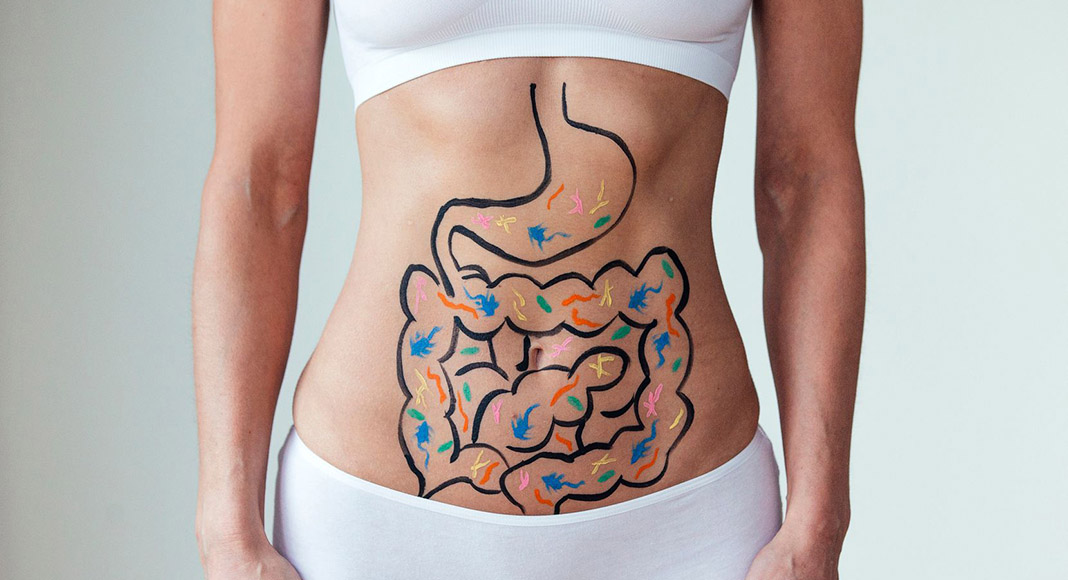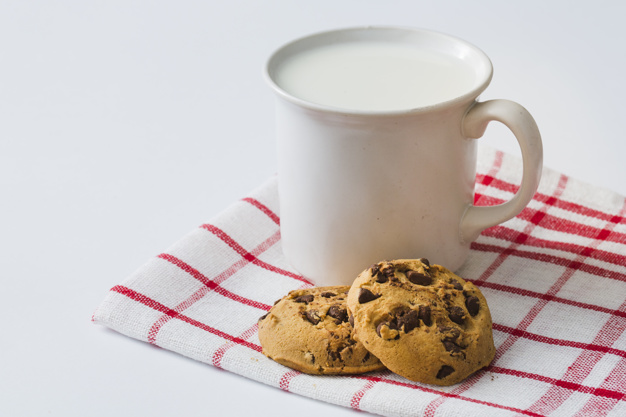
As we age, are you realizing an increasing intolerance for dairy products like milk, cheese, and ice cream? You’re not alone. According to the US National Institutes of Health, over 90 per cent of East Asians experience lactose intolerance.
After a cup of our favourite bubble milk tea, one might feel bloated, gassy, nauseous, diarrhoeal, pain in the abdomen, and/or even rumblings from the abdomen.
Here’s why.
It’s all in the digestive system

Image Credits: Portugal Resident
When we get older, our digestive system starts to produce less lactase. In fact, many Asians lack lactase to begin with. Lactase is an enzyme present in the small intestine which helps us to break down lactose into simple sugars.
The reason why you’re going through symptoms of lactose intolerance is because of the undigested lactose. The substance passes through our intestines and gets fermented by the gut bacteria.
Dr Alex Soh, a consultant with National University Hospital’s Division of Gastroenterology and Hepatology, said, “These symptoms often occur about 30 minutes to a few hours after consuming the lactose-containing food or beverage.”
“Its severity depends on how much lactose is consumed – higher amounts of lactose could result in more symptoms.”
Lactose intolerance is not to be confused with irritable bowel syndrome (IBS), a functional gastrointestinal disorder. Though we can’t rule out the fact that peeps with IBS may not react well to lactose.
Here’s the solution

Image Credits: Freepik
Based on a study by Purdue University’s School of Consumer and Family Sciences, restoring your digestive system to accept dairy products again may be possible. To do so, one has to consume a controlled amount of dairy foods.
Professor Dennis Savaiano, the school’s dean, said, “If you only consume dairy products once in a while, you are more likely to have symptoms from them.”
“Also, if you consume them by themselves, as opposed to as part of a meal, they tend to be transported throughout the intestine more rapidly and are more likely to cause symptoms.”
The main idea is to start in small quantities and increase by the week. “By altering the diet over time, bacteria more effectively digest lactose, making milk very well tolerated.”
Products with lactose

Image Credits: Savory Experiments
Being aware of products with lactose is also key to a controlled diet. Lactose is not just found in cheese and yoghurt. It may also be present in foods such as salad dressings, biscuits, cakes, cereals, and pancake mixes.
Processed foods may also contain lactose. For your next grocery trip, you might want to pay special notice to these ingredients on the packaging:
- Whey
- Caseinates
- Casein
- Nougat
- Milk byproducts
- Dry milk solids
- Dry milk powder
- Butter
- Curd
- Nonfat dry milk
Dr Soh also points our attention to lactose powder, a common food additive found in some foods and condiments.
According to MedicineNet, lactose may even be present in over-the-counter medicines like some tablets for stomach acid and gas. The good news? It’s usually in small amounts and will most likely only affect those with severe lactose intolerance.
As we come to a close, Dr Soh highlighted that people with lactose intolerance are often able to tolerate up to 12g of lactose without symptoms. To increase your tolerance threshold, consume lactose with food.
You may also try supplementing with a lactase enzyme to improve lactose digestion and symptoms. And of course, please consult a doctor before popping any pills.




